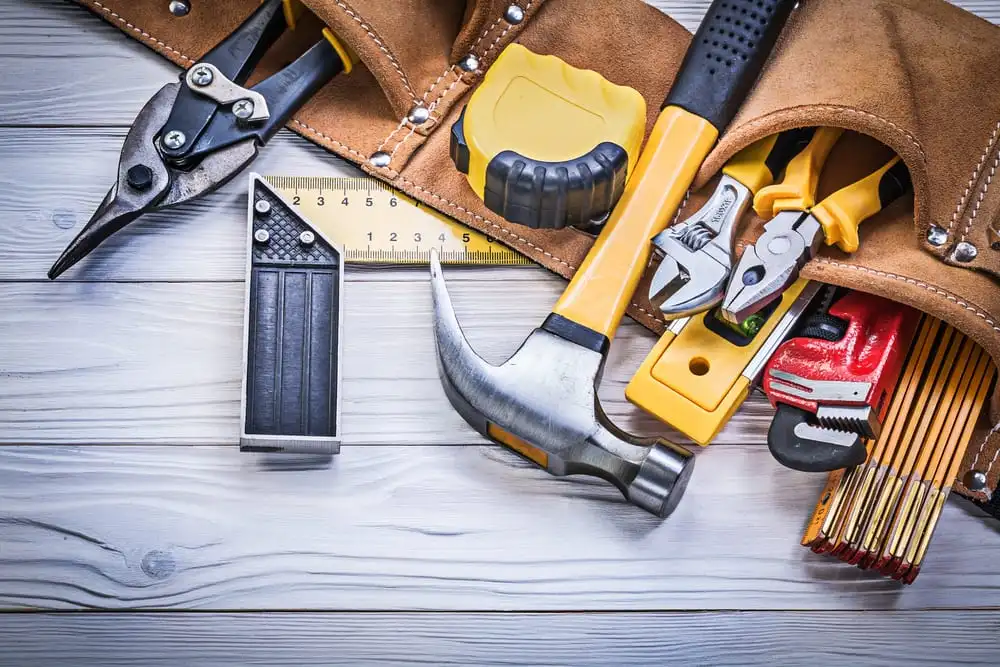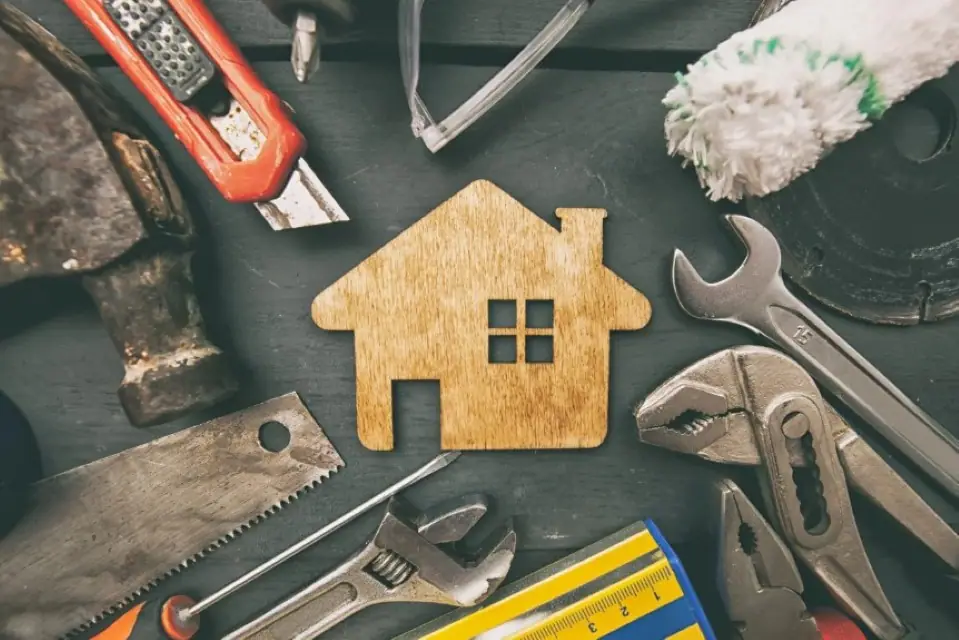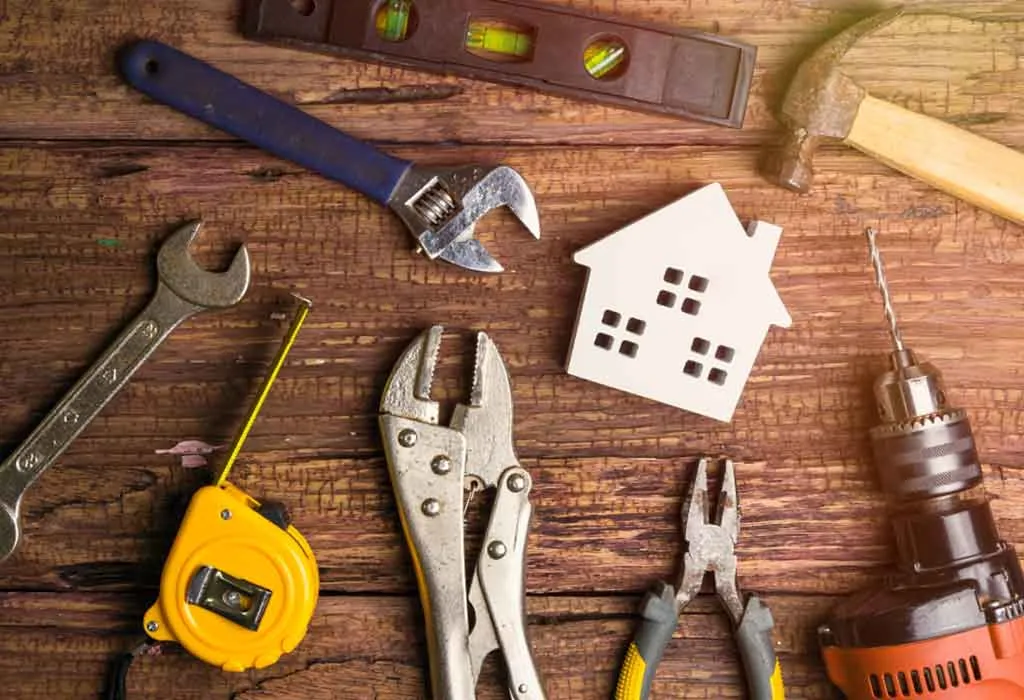Your home is likely to be the largest investment you’ll ever make. That’s why it’s crucial to keep up with regular maintenance tasks. This comprehensive guide will help you understand the importance of home maintenance and provide a detailed checklist for every area of your home, inside and out.
Introduction
Importance of Home Maintenance
Maintaining your home isn’t just about keeping it looking good – although that’s certainly a plus. It’s about safeguarding the investment you’ve made in your property. Regular maintenance can prevent minor issues from becoming major, and costly, problems. It can also help ensure the safety and comfort of your household.
Benefits of Regular Home Maintenance
Regular home maintenance has numerous benefits. Not only does it help prevent unexpected repair bills, but it can also improve the value of your home. A well-maintained home is more appealing to potential buyers, and it can command a higher sale price. Furthermore, regular maintenance can enhance your home’s energy efficiency, potentially saving you money on utility bills. Lastly, it can help create a healthier living environment by reducing allergens and other health risks.
Exterior Home Maintenance
Roof Inspection and Repair
Your roof is your home’s first line of defense against the elements, so it’s vital to keep it in good shape. Regular inspections can identify any damaged or missing shingles that need replacing. Additionally, checking for signs of leakage, such as water stains on your ceiling or walls, can help you catch problems early before they lead to serious water damage.
Cleaning Gutters and Downspouts
Gutters and downspouts play a crucial role in directing water away from your home. However, they can easily become clogged with leaves and other debris, leading to overflow and potential water damage. Regular cleaning, particularly in the fall and spring, can prevent these issues.
Checking and Repairing Siding
Your home’s siding protects the underlying structure from weather damage while also providing insulation. Regularly inspect your siding for any signs of damage or wear. Repair or replace any cracked, loose, or rotting sections to keep your home well-insulated and protected.
Maintaining Landscaping
Landscaping is about more than just curb appeal. Properly maintained landscaping can prevent soil erosion, improve drainage, and even reduce your risk of pests. Regular tasks include pruning trees and shrubs, fertilizing your lawn, and checking for signs of pest activity.

Interior Home Maintenance
HVAC System Maintenance
Your heating, ventilation, and air conditioning (HVAC) system plays a vital role in maintaining a comfortable temperature in your home. Regular maintenance can help it operate more efficiently, reducing energy consumption and lowering your utility bills. This includes tasks like changing filters, cleaning ducts, and scheduling professional tune-ups.
Checking and Changing Filters
Air filters play a critical role in maintaining indoor air quality by trapping dust, allergens, and other particles. Over time, these filters can become clogged and less effective. Regularly checking and changing your filters can help maintain good indoor air quality and reduce strain on your HVAC system.
Inspecting and Cleaning Chimneys and Fireplaces
If you have a fireplace, regular chimney inspections and cleanings are essential for safety. Build-up of creosote, a byproduct of burning wood, can lead to dangerous chimney fires. A professional chimney sweep can remove this build-up and check for any other potential issues.
Testing and Replacing Smoke Detectors and Carbon Monoxide Alarms
Smoke detectors and carbon monoxide alarms are critical for your family’s safety. Regular testing ensures they’re working properly, and batteries should be replaced at least once a year. Don’t overlook this simple but vital maintenance task.
Checking and Repairing Plumbing
Regular plumbing inspections can help catch minor issues before they become major problems. This includes checking for leaks, drips, or slow drains. Also, be sure to regularly clean your drains to avoid clogs and unpleasant odors.
Inspecting and Maintaining Electrical Systems
Your home’s electrical system is another area where routine inspections are crucial for safety. Check for any signs of frayed wires, loose outlets, or flickering lights, which could signal electrical issues. If you find any problems, always hire a licensed electrician for repairs.
Cleaning and Organizing Storage Areas
Regularly cleaning and organizing storage areas like basements, attics, and garages can prevent clutter from building up. It also allows you to check these areas for any signs of pests, leaks, or other potential problems.

Seasonal Home Maintenance Tasks
Spring Maintenance Checklist
Spring is the perfect time to tackle outdoor maintenance tasks after a long winter. Clean and repair your gutters, check your roof for damage, prune your trees and shrubs, and prepare your lawn for summer with aeration and fertilization.
Summer Maintenance Checklist
During summer, focus on maintaining your cooling system, checking your home for any signs of pests, and keeping up with regular lawn care. This is also a good time to check your deck or patio for any needed repairs and to seal or stain it if necessary.
Fall Maintenance Checklist
In the fall, prepare your home for the cooler months by servicing your heating system, sealing gaps and cracks in your windows and doors, and insulating any exposed pipes. Also, clean and store your outdoor furniture and tools, and rake leaves to prevent them from smothering your lawn.
Winter Maintenance Checklist
Winter home maintenance focuses on keeping your home warm and well-insulated. Regularly test your heating system for efficiency, insulate your windows, and check your roof and gutters for ice dams. Also, keep your sidewalks and driveways clear of snow to prevent falls.
Home Safety and Security
Checking and Upgrading Home Security
Regularly review your home security measures. This includes checking the condition of locks on doors and windows, testing alarm systems, and considering upgrades such as security cameras or a whole-house security system.
Fire Safety Measures
Fire safety should be a top priority for every homeowner. Make sure you have working smoke detectors on every level of your home and near sleeping areas. Test them regularly and replace batteries as needed. Additionally, have a fire extinguisher readily available and create a fire escape plan for your family.
Preventing Water Damage
Water damage can cause significant structural issues and lead to mold growth. Regularly inspect your home for leaks, particularly around windows, doors, and in basements or crawl spaces. Ensure that your gutters and downspouts are functioning properly to direct water away from your home’s foundation.
Ensuring Proper Ventilation
Proper ventilation is essential for maintaining good indoor air quality and preventing moisture-related problems. Check your bathroom and kitchen exhaust fans to ensure they’re working effectively. Additionally, make sure that your attic and crawl spaces have adequate ventilation to prevent the build-up of excess moisture.
Energy Efficiency
Insulating and Sealing Windows and Doors
Poorly sealed windows and doors can lead to drafts and energy loss. Inspect the caulking and weatherstripping around your windows and doors, and replace any damaged or worn-out materials. Consider adding insulation to your attic, walls, and floors to further improve energy efficiency.
Upgrading to Energy-Efficient Appliances and Lighting
Old appliances and inefficient lighting can contribute to high energy bills. Consider upgrading to energy-efficient models that bear the ENERGY STAR label. LED light bulbs are also an excellent investment, as they use significantly less energy and last much longer than traditional incandescent bulbs.
Monitoring and Reducing Energy Consumption
Keep track of your energy usage by monitoring your utility bills. Look for any unusual spikes in consumption and take steps to identify and address the cause. Simple habits like turning off lights when not in use, using power strips to prevent vampire energy drain, and adjusting your thermostat can all contribute to reducing energy consumption and saving money.
Budgeting for Home Maintenance
Setting Aside Funds for Maintenance and Repairs
Home maintenance and repairs are inevitable expenses, so it’s crucial to budget accordingly. Set aside a portion of your monthly income specifically for these costs. By saving consistently, you’ll have funds available when unexpected repairs arise.
Estimating Costs for Regular Maintenance Tasks
Regular maintenance tasks vary in cost, depending on factors such as the size of your home and the complexity of the task. Research average costs for tasks like HVAC tune-ups, roof inspections, and plumbing repairs. This will give you a better understanding of how much to budget for each area of maintenance.
Planning for Major Home Improvements
In addition to regular maintenance, you may have larger home improvement projects in mind. Whether it’s a kitchen remodel or a bathroom renovation, plan ahead and estimate the costs involved. Consider consulting with professionals to get accurate estimates and create a realistic timeline for these projects.
